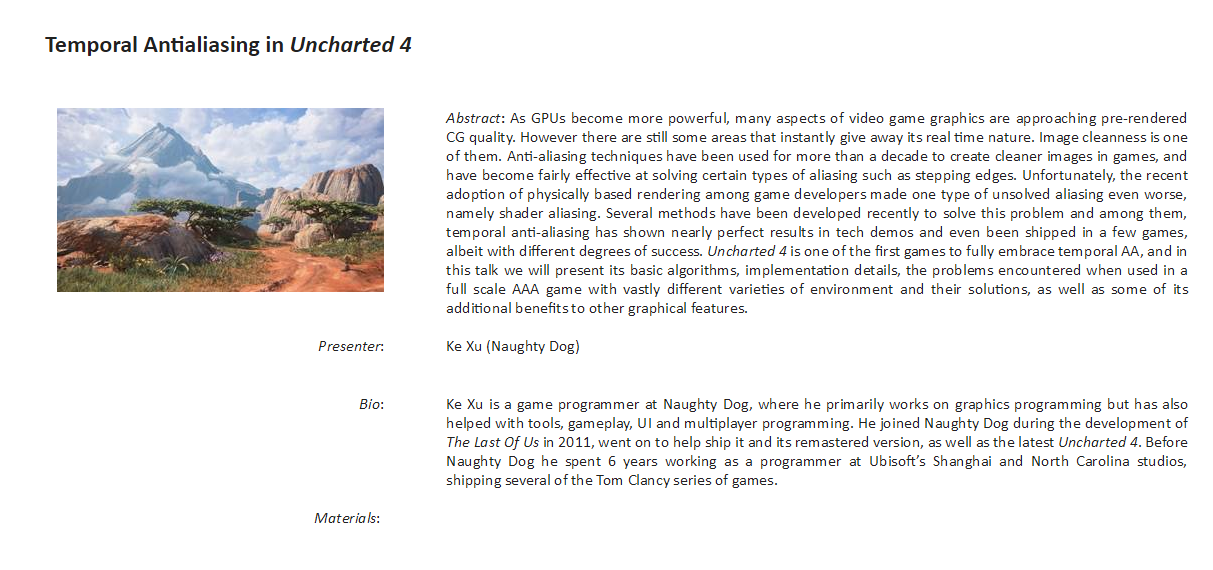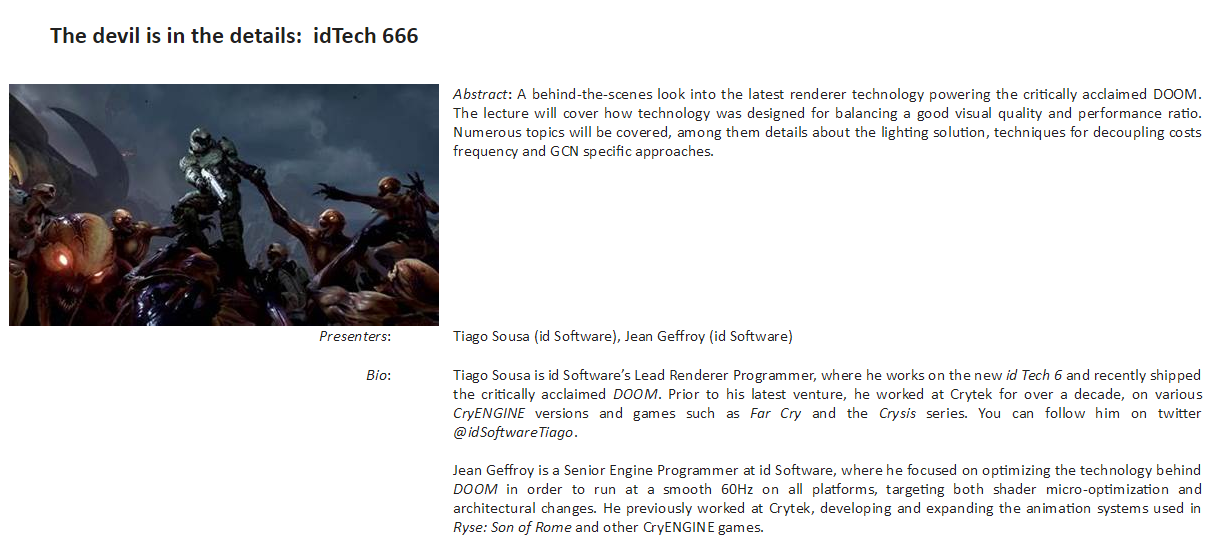4 presentations in this years siggraph next week:




http://advances.realtimerendering.com/s2016/index.html




http://advances.realtimerendering.com/s2016/index.html





The method takes an uneven, detailed surface and breaks each of its pixels down into pieces that are covered in thousands of microfacets, which are light-reflecting points that are smaller than pixels. A vector that’s perpendicular to the surface of the material is then computed for each microfacet, aka the point’s “normal.” This “normal” is used to figure out how light actually reflects off the material.
According to Ramamoorthi, a microfacet will reflect light back to the virtual camera only if its normal resides “exactly halfway” between the ray projected from the light source and the ray that bounces off the material’s surface. The distribution of the collective normals within each patch of microfacets is calculated, and then used to figure out which of the normals actually are in the halfway position.
Ultimately, what makes this method faster than the current rendering algorithm is that it uses this distribution system instead of calculating how light interacts with each individual microfacet. Ramamoorthi said that it’s able to approximate the normal distribution at each surface location and then compute the amount of net reflected light easily and quickly. In other words, expect to see highly-realistic metallic, wooden, and liquid surfaces in more movies and TV shows in the near future.
Winner of the SIGGRAPH 2016 Award for Best Real-Time Graphics and Interactivity, this scene based on Ninja Theory’s upcoming game, Hellblade: Senua’s Sacrifice, was shot, edited and rendered to final quality in minutes, a process that would normally take weeks or months.
This real-time cinematography project was developed by Epic Games, Ninja Theory, Cubic Motion & 3Lateral, with additional support from House of Moves, IKinema, NVIDIA and Technoprops.
The facial animation still seemed to be so unrealistic to me. What are they missing?
Doom presentation is up.Doom presentation at siggraph next week
